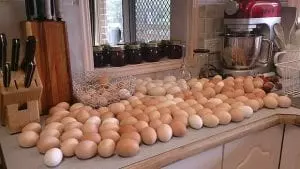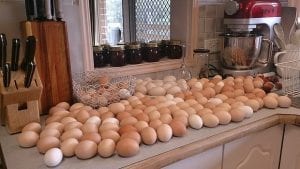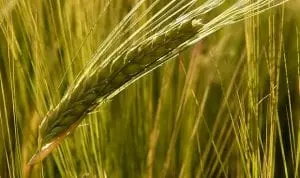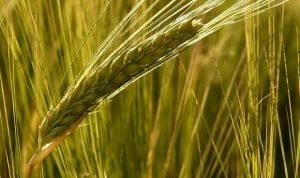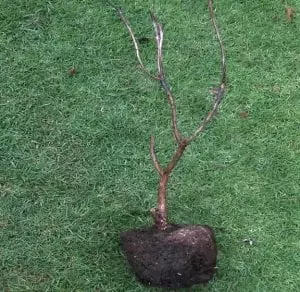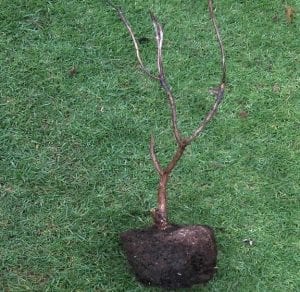Asparagus is a tasty and versatile vegetable in the kitchen- you can eat it sauteed, fried, grilled, barbecued and of course fresh. There’s no wonder that asparagus is one of the worlds most famous veggies; it contains a wide range of vitamins, making it one of the most nutrient-dense foods you can possibly grow. Naturally it’s at it best when home-grown and picked fresh from your garden, so here’s my 5 top tips on how to grow a ton of asparagus.
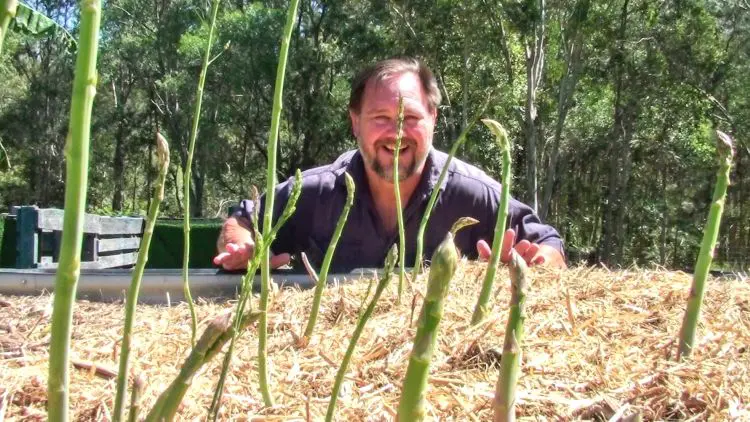
Planting
There are lots of varieties of asparagus on the market these days, but don’t worry too much about which one/s to grow. Most of them are pretty good, so why not mix it up and choose several types? I grow 2 varieties- an Australian purple tip, and the traditional favourite Mary Washington (shown above). The latter was bred by the USA dept. of agriculture in 1919 & is renowned for being a good variety & strong performer.

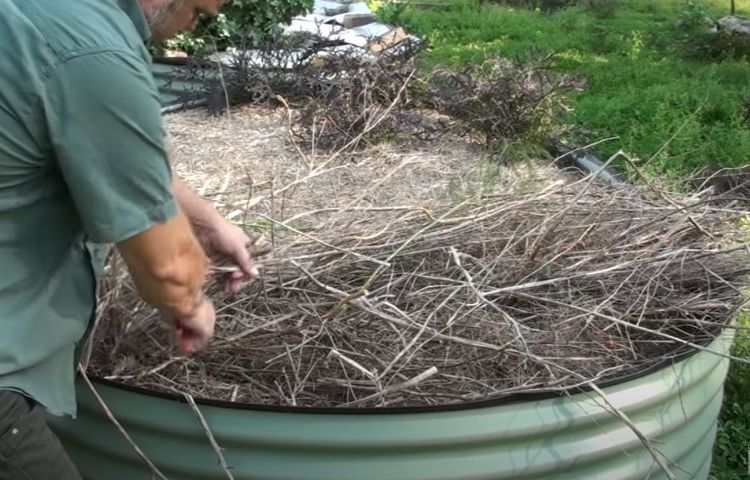
Asparagus is a perennial which dies back each winter and then re-grows in spring. Unlike many other perennials which last just a few seasons, asparagus will live for 20 years or more. Because of this longevity & huge eventual size, you’ll need to set aside a corner of the garden or a dedicated raised bed for asparagus. Think carefully about the position, make sure that it gets full sun during the growing season, that you are able to water it adequately and that the drainage is good. Asparagus is a huge plant that is apt to shade out small annuals if poorly positioned, so bear this in mind when considering placement.

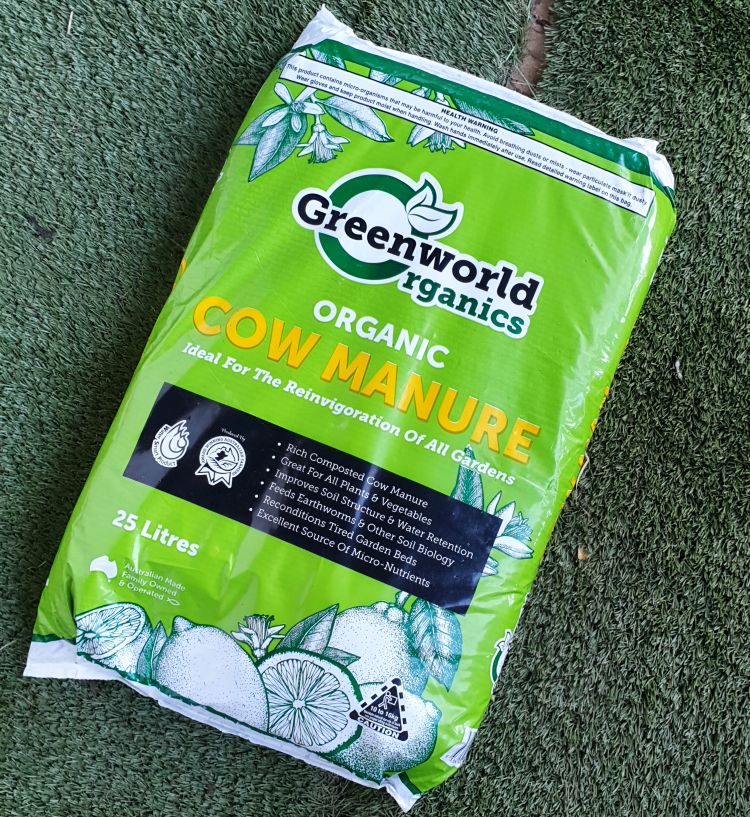
Take the time to prepare your asparagus bed properly. This is important because asparagus plants don’t like to be disturbed once they’re in place. Asparagus requires a very rich soil & excellent drainage so raised beds are a great option because you have complete control over the soil and can create exactly what these plants need.
Depending on the soil you have to begin with, additives like a sprinkle of bio char, a bit of coir, aged manures, compost, slow release fertiliser pellets (like dynamic lifter) and blood & bone (bone meal) can all be used to make up a rich growing medium for your asparagus.

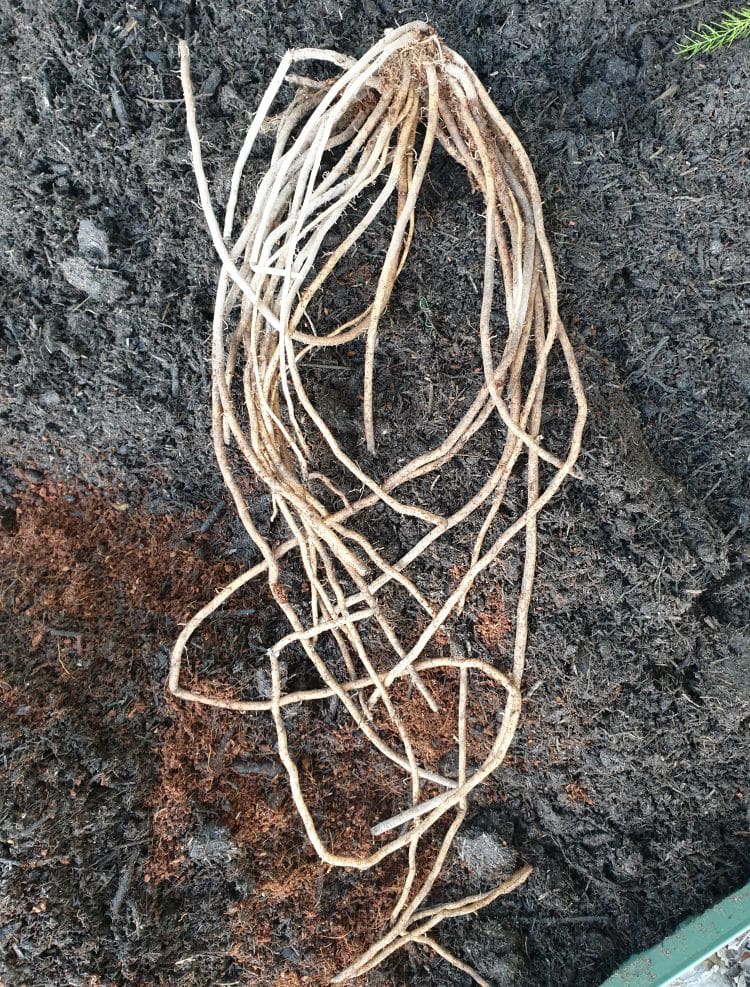

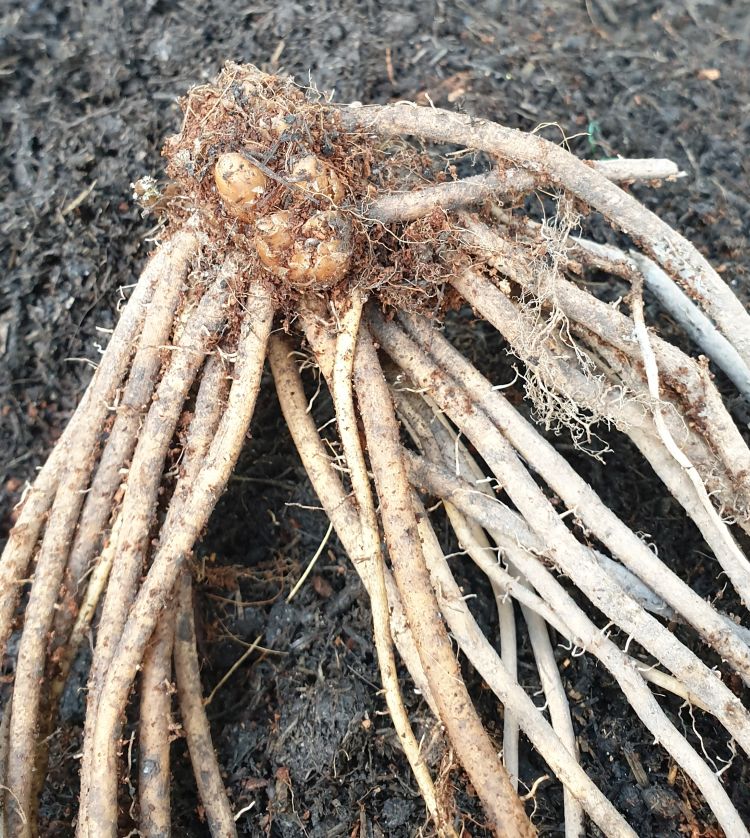
While asparagus can be grown from seed, you’ll have a higher success rate and shorter time to harvest if you plant asparagus crowns instead. Crowns are essentially a dormant asparagus plant: they look like a bunch of dead plant roots, and are usually 2 years old when you buy them. You plant them out at the end of winter and they’ll start growing once the weather gets warmer in early spring.

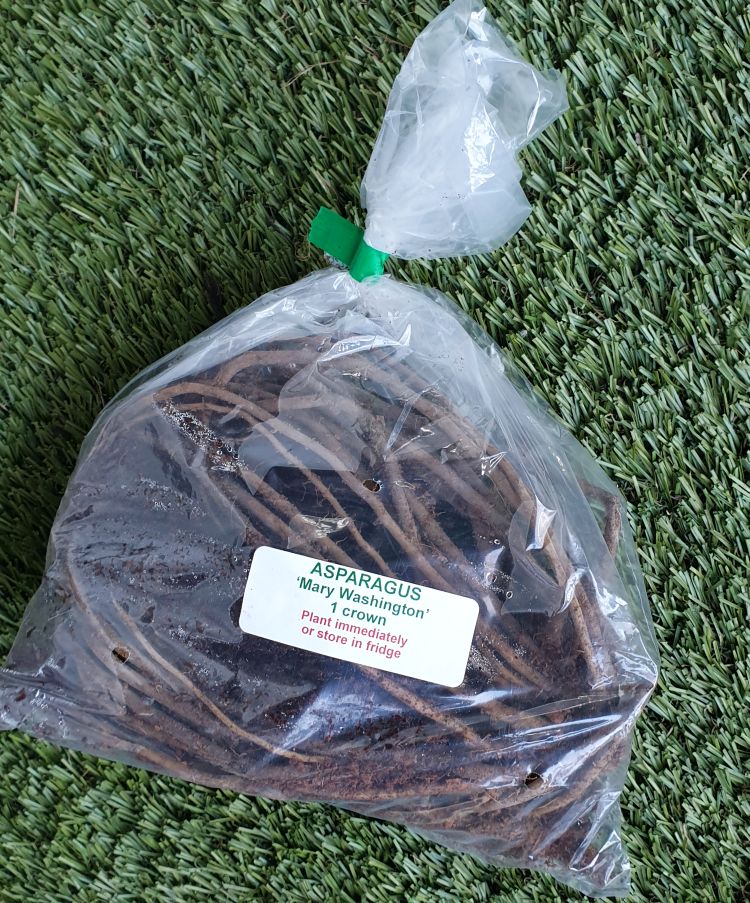
It’s best to plant asparagus crowns by mounding or trenching. You may choose one or the other depending on the size of your garden bed and how many crowns you’ll be planting.

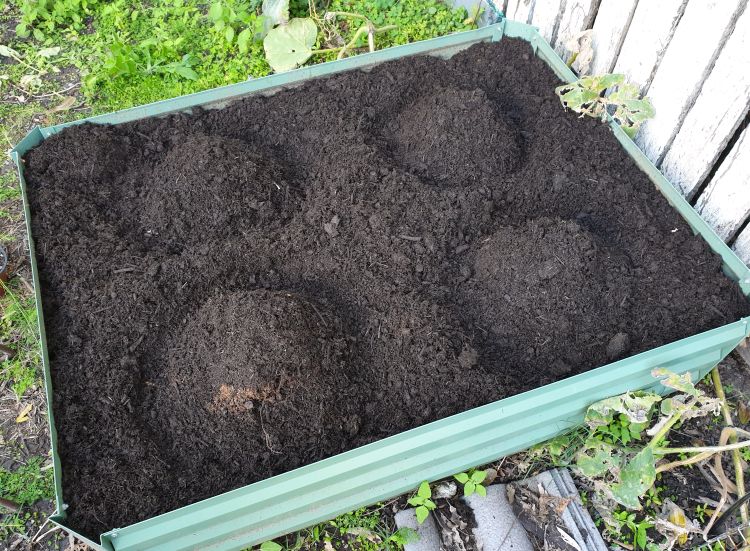
Basically, you mound up a pile or ‘row’ of soil and gently spread the crown roots over the top of it so that it looks like a starfish. Position the crowns about 30cm apart, then cover them completely with soil or compost. The crown tips should be about 1″ under the soil at this initial stage.
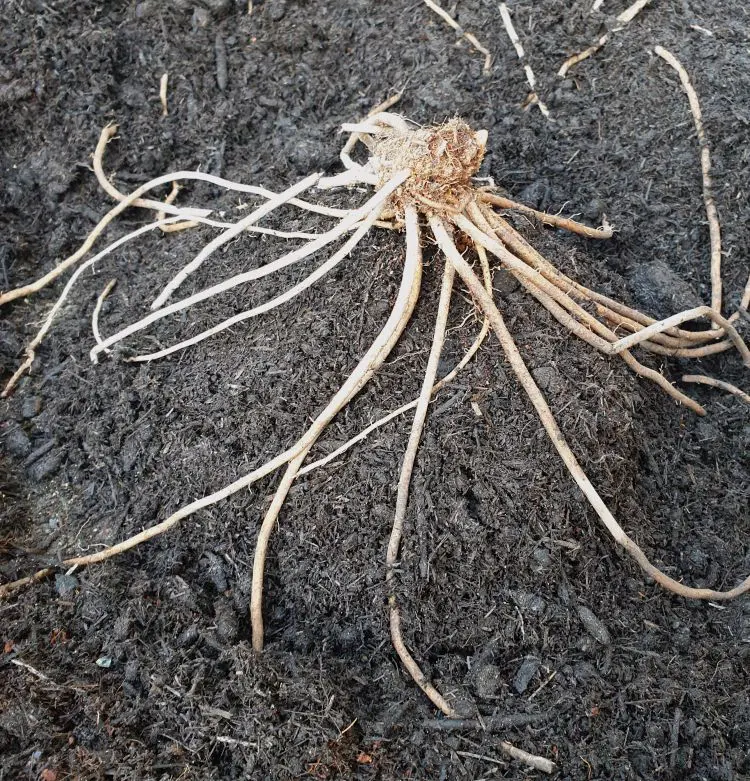
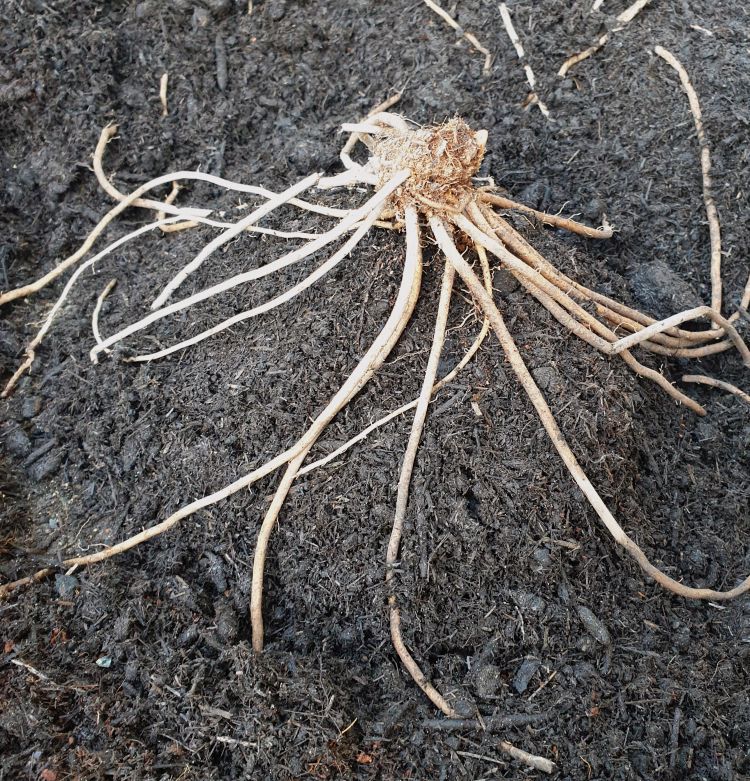

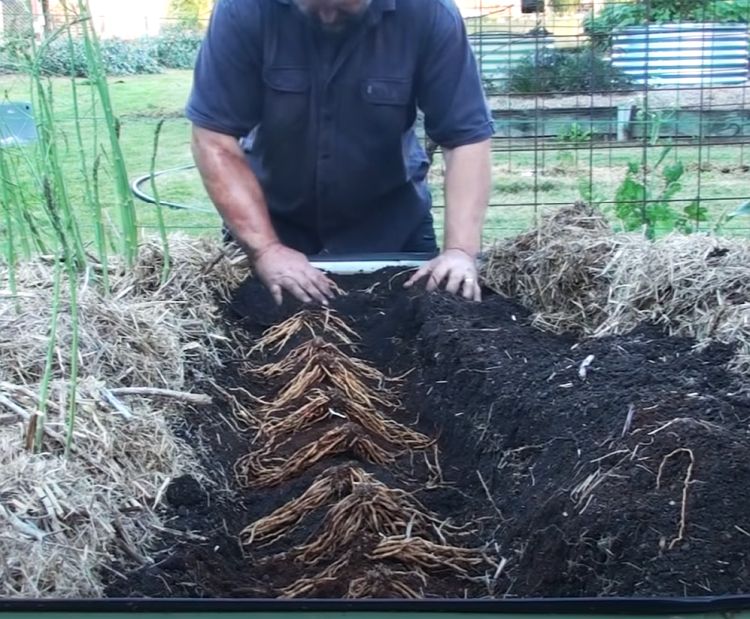
Whether you use single mounds (LHS pic) or trenches (RHS pic), asparagus crowns will grow best when they have their roots spread out over the soil.
Patience
Grandma always said ‘patience is a virtue’, and that saying is true when it comes to asparagus! Asparagus takes several years to become established & strong enough to harvest from.

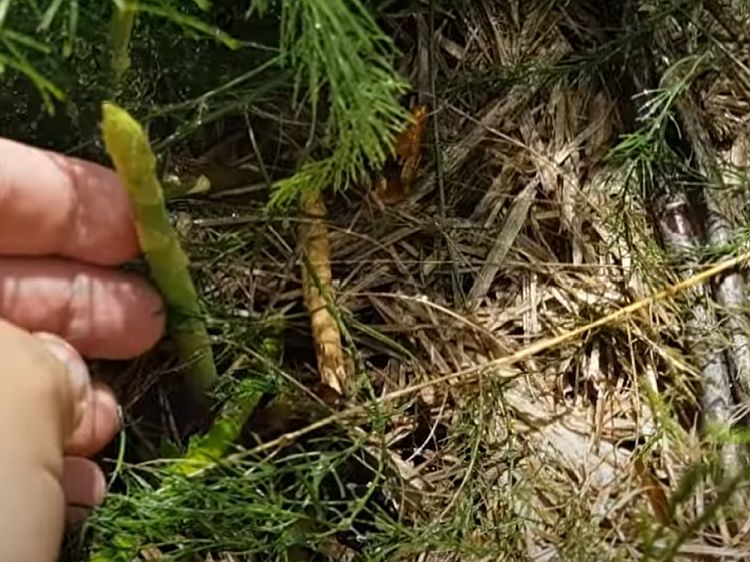
Depending on how old your asparagus was at the time of planting, it could take 2-4 years before you can safely cut enough spears for a decent harvest. If you’ve planted 2 year old crowns you can take a little sample here and there in the first year but generally you need to leave it alone in the first year to build strength, then harvest from the second year onwards. If you’ve grown asparagus from seed or small seedlings, you’ll need to wait 3 or 4 years for a proper harvest.

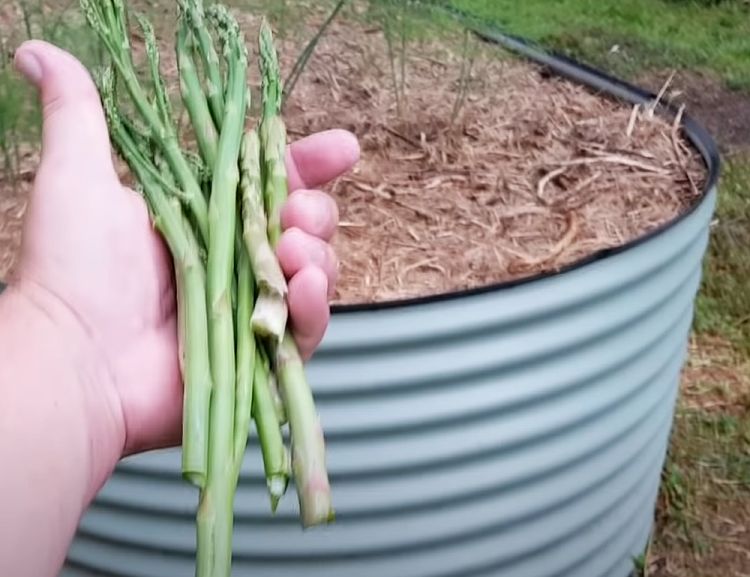
Harvesting
Once your plants have reached maturity you’ll find that they produce nice thick spears.
As a general rule, you can harvest asparagus spears once they are as thick as your little finger. Any thinner than that, you need to wait. It’s best to harvest spears when they are about 8″ long for good eating. If they’re any longer or the fern has started opening they’ll be woody & unenjoyable. During harvest season, be sure to keep a close eye on your asparagus- it grows fast! Spears literally pop up out of the soil overnight, and you’ll need to be harvest them regularly to maximise spear growth.
Growing Out
After you have enjoyed several months of your home-grown organic nutrient-rich asparagus, let it develop & grow out through summer. Why? Because this will keep it strong and healthy for future crops.

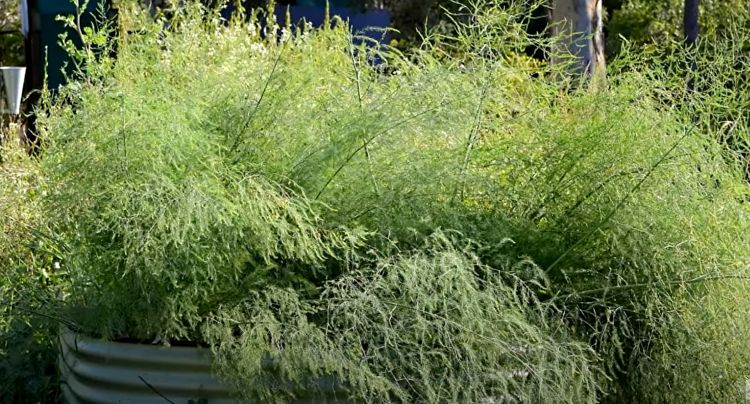
As winter approaches, the ferns (aka fronds) will die off & their energy will be transferred to the crown and massive root system. Unlike annual vegetables, asparagus’ root system delves deep into the soil, growing some 3 feet long. This gives asparagus lots of ‘storage space’ for nutrients during the dormant season.
Mulching & Feeding
Asparagus prefers a temperate climate, so if you’re like me and grow it somewhere hotter, you’ll need to mulch it heavily. This also applies if you live in a cold climate.
As elsewhere in the garden, mulch adds nutrition, helps retain moisture & insulates against extremes of temperature. A good mulch that’s 2 or 3″ thick protects the crown and helps minimise weed growth. You may notice that the mulch causes the odd crooked spear, but don’t let that be a concern, as the mulch helps more than it hinders.
Different mulches will be found in different areas, and they will all do the job, so use what is easy to find and affordable for you. You might see hay, straw and wood chip locally, but I use sugar cane and nitrogen-rich lucerne mulch plus I chip and recycle the dead asparagus fronds for use as mulch.

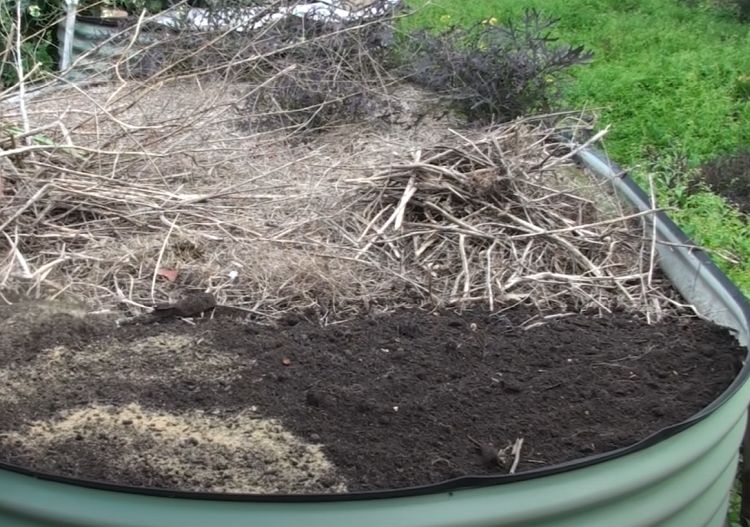
As far as feeding established asparagus goes, top dress the bed just before the growing season with compost and poultry manure. This gives the plants a nitrogen hit and maintains soil richness so your asparagus can thrive. You can also give a good sprinkling of blood and bone (bonemeal), and if you don’t have your own chickens or compost heap, pelleted chicken manure and bagged compost work well.
If you’d like more visual to go with our tips on how to grow a ton of asparagus, check out our youtube video below.

